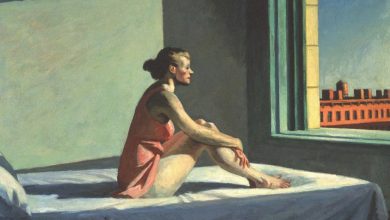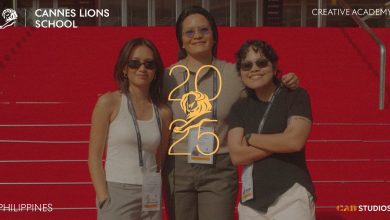MANILA, PHILIPPINES — In the third episode of adobo Talks x Usapang Design, artist and acclaimed designer for various media Karl Castro shares his insights on how the golden age formed the creative economy.
In his opening statement, Castro shares an article by the Philippine News Agency stating that the ‘Golden Age of Infrastructure by the Duterte administration has already made Filipino’s lives better. He then questions the statement by defining what ‘golden age’ really means.
‘Golden Age’ in Marcos’ Regime
Castro discusses that the golden age envisioned by the Marcoses was a new society where Filipinos would no longer live in poverty, hunger, corruption, mass deception, and violence.
“The Marcoses packaged a lot of projects as ways to achieve the promise of golden age. New structures were created at a break-neck speed, new political and economic structures were also created and we shifted to parliamentary system called The People’s Assembly and we shifted to an export-oriented economy,” Castro says.
In 1973, Design Center of the Philippines (DCP) was established headed by National Artist-to-be Arturo Luz. The focus of DCP is to promote design awareness and the creation of new product designs in the golden age.
Furniture, fiberglass, office furnishings, garments, automotive parts, ropes and pipes, appliances, bags, and desk accessories were a few of the things that can be seen in the Philippine Products Catalog in 1979 designed by Malang, Juan Gatbonton, and Noli Galang.
Were the Marcoses visionaries?
With all the infrastructure, glamour, and power the Marcoses had, Castro states that “they weren’t the first to do [all] these” and further presented evidence of where could the Marcoses had gotten the idea – Monarchs, Fascists, and Imperialists.
Wrapping up his talk, Castro shares his recommendations to help discern the relevant history of design:
- Write our own history by funding student scholarships and research projects, creating a national collection for design and make it freely accessible online, and organizing conferences with real discourse and not just portfolio presentations.
“Hindi lang dapat show and tell. We should be really discussing important issues, sharing important findings, making a more complex understanding of our history.”
- Pursue justice through design or otherwise by fostering solidarity, contributing to urgent causes, being critical of economies of attention, spectacle, and disinformation, and being active by supporting organizations, candidates, and causes you truly believe in.
In light of the election season, what do we do when a design that we consider “good” that adheres to the principles is perceived as “elitist” and not for the masa, what are we, as the design industry, to make of that?
“I think we all have to broaden our definition of what design is. We usually think design is composition, aesthetics, colors, but [the] design is not how something looks, it’s how something works”, Castro answers.
Asked about his dream projects, Castro revealed that he wants to work on conferences that fund research and more green spaces and cultural centers. He said “I know there is NCCA, CCP, but where is research? Kulang ‘eh. It’s really important. I wish we could have design collection and hopefully [a] catalogue that [is] beautiful, comprehensive, well-researched, factual, and at the same time, accessible in digitized or otherwise.”
In his closing remarks, Castro says “Galingan natin. We have to rock our brains. We have to put our all. Experts say that in 30 years, magugunaw na ang mundo. The way we’re going, 30 years, that’s within our lifetime. The time to act is now.”
Usapang Design is a series of insightful and inspiring sessions on visual communications organized by the Communication Design Association of the Philippines and adobo magazine.









